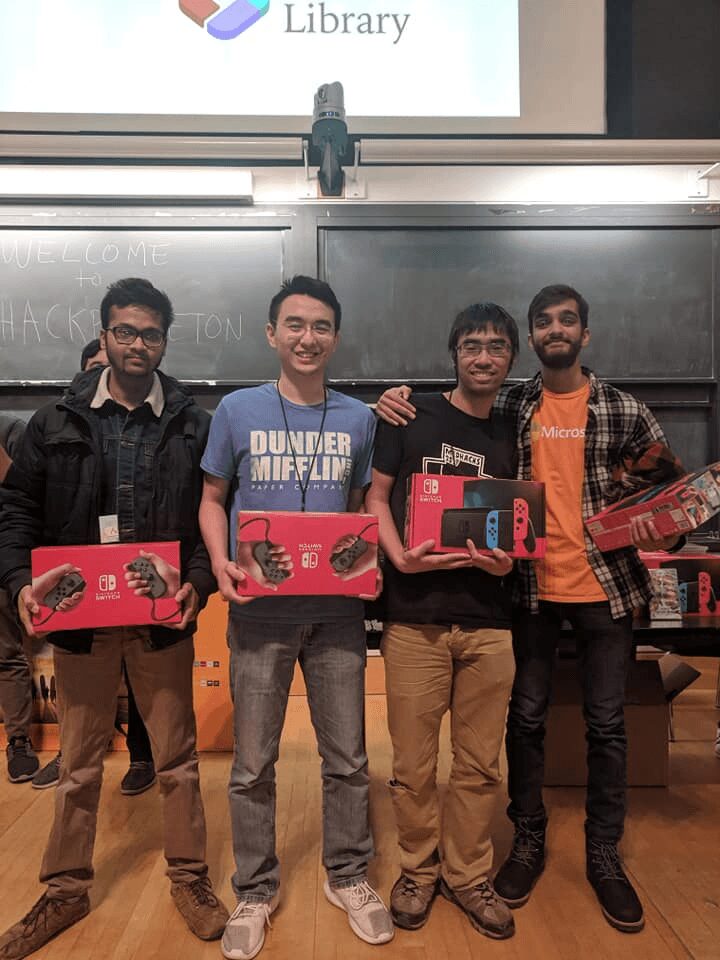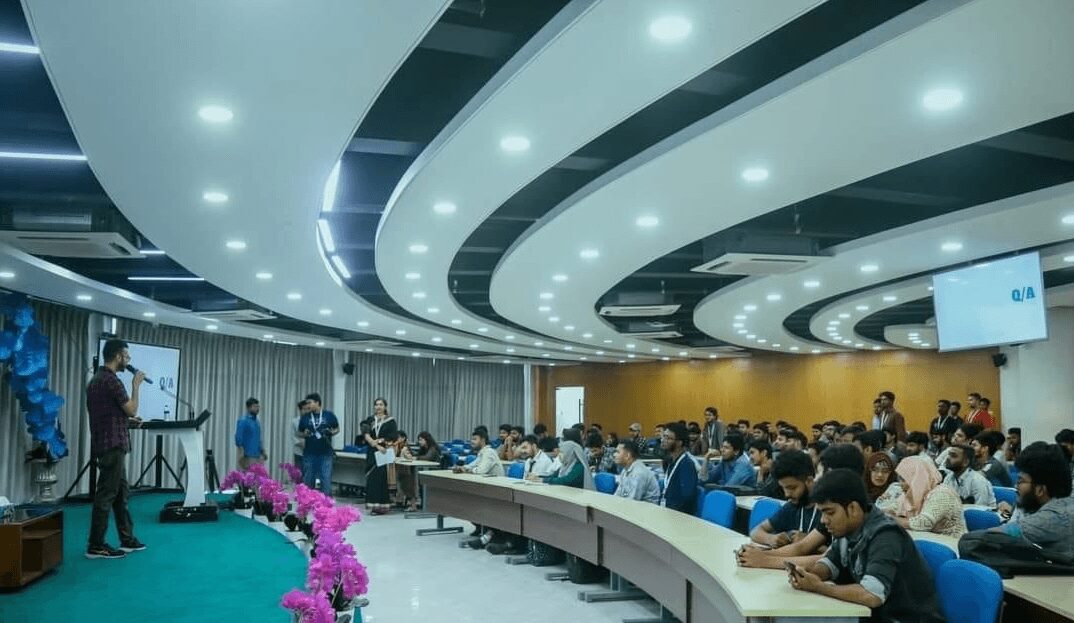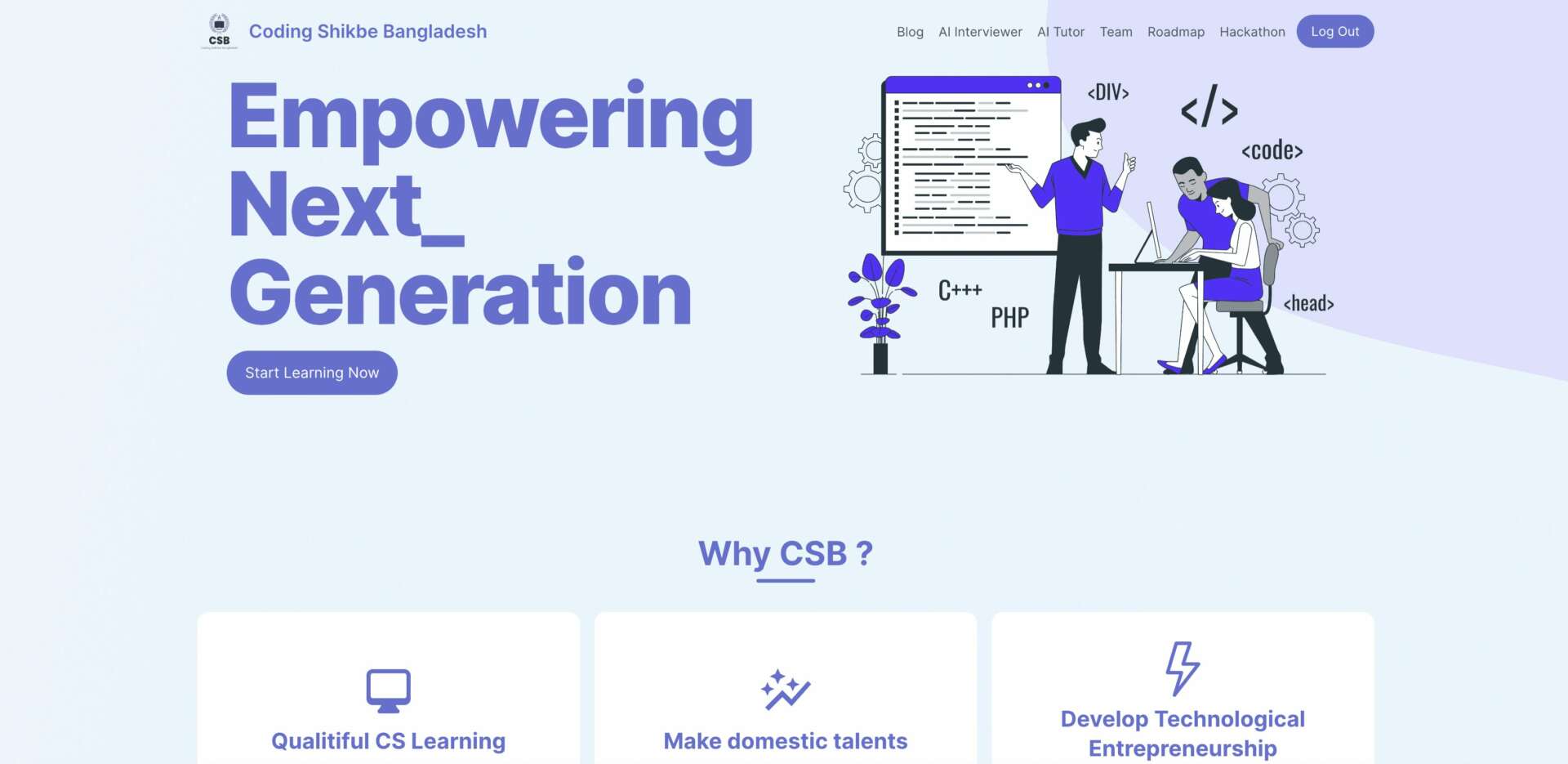We caught up with the brilliant and insightful Mostofa Shakib a few weeks ago and have shared our conversation below.
Hi Mostofa, thanks for joining us today. What was it like going from idea to execution? Can you share some of the backstory and some of the major steps or milestones?
Throughout my life, I have ventured into starting four businesses. Two of them have closed down, but the other two are still operational. When I contemplate starting a business, my thought process is a bit unconventional. Instead of focusing on which endeavor will generate the most profit, I concentrate on identifying problems that I can solve for people who would be willing to pay for the service. Additionally, I consider how I am uniquely positioned to deliver this service better than anyone else. Given that I don’t have many connections, I prefer permissionless platforms like media and code, where I can build something without seeking approval from others.
From a young age, I was captivated by the stories of entrepreneurs like Elon Musk and Mark Zuckerberg. This fascination sparked a strong desire to pursue higher education in the US, a dream that took root as early as fifth grade. However, as the first person in my family to aspire to study abroad, my parents were understandably apprehensive. They feared losing their only son to the other side of the world. I don’t blame them; I was just a teenager with big dreams. Despite their concerns, I was determined not to abandon my aspirations. During high school, I devised a plan to save money. For several months, I skipped lunches, saving up every penny until I had amassed $5. With this modest amount, I decided to start an eCommerce store selling virtual cosmetic items. I chose the gaming space for my venture because I was an avid gamer, well-connected with the professional gaming scene in Bangladesh. I was one of the few people with a deep understanding of this niche, and I knew that this gave me an unfair advantage. Moreover, most of the other individuals with similar knowledge weren’t looking to start a business. I identified the problems that gamers routinely faced and realized I had a ready audience of about 20,000 gamers in Bangladesh. Initially, I focused on straightforward strategies rather than experimenting with different approaches. For example, I bought items from people in a rush to sell at a 10-15% discount and resold them at full price. This approach earned me anywhere between a few dollars to $20 per transaction. Within 5-8 months, I had accumulated around $800.
Understanding that this method was time-consuming and had limited growth potential, I sought more efficient ways to increase my earnings. One such endeavor involved buying games from Russia, where prices were significantly lower due to regional pricing disparities, and selling them at 90-95% of the market price in Bangladesh. This was an instant success. It was a win-win situation: I pocketed a 40-45% profit while the customers enjoyed a 5-10% discount. This strategy quickly became profitable. I also took some riskier bets that paid off well. One involved taking advantage of price volatility in the Steam Community Market. Just like Bitcoin and other cryptocurrencies, the prices of items on Steam fluctuated. I would analyze trends, buy items when prices were low, and sell them at their peak. Another strategy was to buy rare cosmetic items and sell them to collectors who were willing to pay a premium. These approaches required careful analysis and timing but proved highly lucrative. Over three years, I turned a $5 investment into over $30,000, achieving a 6000% return on investment. This substantial amount, combined with scholarships, enabled me to pursue my dream of studying in the US.
During my last semester of college, I had some free time and, along with a friend, decided to join the NSF I-Corps Regional program. This program provided us with a few thousand dollars to talk to potential customers and validate our ideas. My friend, a big-time privacy advocate, had experienced significant setbacks due to privacy issues during his pre-med years at UCLA, eventually transferring to Texas Tech University to redo his undergraduate studies. His passion for privacy inspired us to explore blockchain as a solution for ensuring anonymity and secure transactions. To validate our idea, we spoke with people at UC Berkeley, Stanford University, and various individuals in San Francisco. We also brainstormed technical details with seasoned venture capitalists like Danielle Strachman from 1517 Fund. At this stage, we received the NSF MVP grant from the US Government and won the regional nominee, which got us invited to the South by Southwest (SXSW) conference. However, as we delved deeper into US laws and consulted with lawyers about compliance issues, we realized our product could be misused by malicious actors for money laundering. We also found it challenging to prove the source of money in court. Consequently, we decided to shut down the project despite its promising potential.
In late 2022, I faced some health issues and stayed in Bangladesh for a few months. During this time, I noticed my sister struggling with the lack of resources when she switched from Electrical Engineering to Software Engineering. I also saw how directionless my school friends were about their careers and how the youth were unsure about making the most of their university life. A reputable newspaper in Bangladesh conducted a survey revealing that 80% of CS graduates each year could not solve a basic programming test. This highlighted a significant gap in the education system, which I was determined to address. With a strong background in teaching and computer science, I founded “Coding Shikhbe Bangladesh” to tackle the fundamental issues faced by the majority of CS graduates in the country and to transform Bangladesh into a tech hub. I realized that for “Coding Shikhbe Bangladesh” to succeed, I needed to increase my visibility. Therefore, I started appearing on some of the country’s largest podcasts and speaking at many leading universities. I also began content marketing to build an organic follower base by consistently creating content for people interested in CS education. I produced educational content on YouTube and Facebook, providing solutions to major problems people were searching for and tutorials on topics not available elsewhere in Bangladesh. In a little over a year, “Coding Shikhbe Bangladesh” grew from a one-man team to a team of 14, with over 50,000 followers. We provided roadmaps to give direction and resources in Bengali, taught hundreds of students live, and helped several students and industry professionals land their dream jobs. Our initiative also aims to foster a hackathon culture in Bangladesh, which currently does not exist. We are hosting Bangladesh’s first country-wide hackathon in July 2024, featuring mentors, judges, and speakers from tech giants like Apple, Microsoft, Intel, and Bangladesh’s biggest educational YouTuber, Seeam Shahid Noor, who has close to a million subscribers across his social media platforms.
Through these experiences, I have learned that building a successful business requires perseverance, the ability to identify and leverage unique advantages, and a deep understanding of the problems faced by your target audience. It also requires a willingness to pivot when necessary and the determination to pursue your vision despite challenges.

Great, appreciate you sharing that with us. Before we ask you to share more of your insights, can you take a moment to introduce yourself and how you got to where you are today to our readers.
I’ve always been a bit of an introvert. Since fourth grade, I’ve spent most of my time alone with a computer, immersed in the world of technology. I loved analyzing things and solving tough problems with creative solutions, and more importantly, I harbored a deep desire to make a global impact. I quickly realized that for someone like me, who didn’t have a lot of connections, achieving the level of global impact I envisioned required stacking the deck in my favor. One way to do this was by moving to the United States, the land of opportunities. Another was through permissionless platforms like code, media, and business. This realization solidified my ambition to work at the intersection of business and technology.
My entrepreneurial journey began in high school when I started KurT’s Steam Store, an e-commerce business selling virtual cosmetic items. The decision to enter this niche was strategic. I had a knack for analyzing trends, limited capital, and a deep understanding of the gaming scene in Bangladesh. I was one of the few people in the country who knew this space inside out. This gave me a unique edge. Our business model was simple but effective: we provided the same virtual items at a 5-10% discount compared to other sellers in the country. This approach was validated by our five-star customer service ratings and glowing testimonials from satisfied customers.
I am proud of this since it helped me to fund my US education, and allowed me to come to the US and live and life I am currently living. Without this venture, I wouldn’t be able to come to the United States for my high studies.
During my college years, I discovered another passion: teaching. I taught programming to my classmates for over three years, helping many of them secure their dream jobs. This experience was incredibly rewarding and planted the seed for my future endeavors in education. The idea for Coding Shikhbe Bangladesh (CSB), an AI-powered EdTech platform, came from a personal place. I saw my sister struggle with the lack of direction and resources when she transitioned from Electrical Engineering to Software Engineering in Bangladesh. I also heard numerous complaints from friends about how their universities had not adequately prepared them for the industry. Reports from top Bangladeshi newspapers confirmed this, revealing that 80% of CS graduates each year couldn’t solve a basic programming test. I decided to take action.
Starting CSB was a significant challenge. People in Bangladesh wanted affordable education, but domain experts from big tech companies charged high prices. To bridge this gap, we decided to incorporate AI into our platform. This allowed us to scale our services, bring down costs, and make high-quality education accessible to a broader audience. At CSB, we offer a comprehensive suite of resources, guidelines, roadmaps, AI-powered personalized mentorship, AI-powered interviewers who provide actionable feedback, and courses on emerging technologies. Our goal is to create an all-in-one platform that helps individuals build strong CS fundamentals and upskill at a fraction of the cost.
One of the achievements I’m most proud of is how quickly CSB has grown. What started as a one-man operation has now expanded to a team of 14 dedicated individuals. Our social media presence has exploded from a few followers to over 50,000. We have conducted numerous one-on-one mentorship sessions, receiving heartfelt testimonials from people who achieved their goals thanks to our guidance. We have taught hundreds of students online, providing them with the tools and knowledge they need to succeed in the tech industry. Furthermore, we have spearheaded the development of a hackathon culture in Bangladesh, something that was previously non-existent. We are hosting the country’s first nationwide hackathon, featuring mentors, judges, and speakers from tech giants like Apple, Microsoft, Intel, and Bangladesh’s top educational YouTuber, Seeam Shahid Noor, who has nearly a million subscribers.
In addition to these accomplishments, I am honored to have received the Global Recognition Award for AI & EdTech. This prestigious award acknowledges the impact and innovation of my work in the field and motivates me to continue pushing boundaries.

Can you talk to us about how your funded your business?
For the eCommerce business, I did in high school where I put together the initial capital of $5 needed to start my business by skipping lunches for a few months from the money my parents would give me to buy lunch from outside.
For the blockchain startup, my co-founder and I applied for grants from the National Science Foundation of the US Government through the I-Corps program and they used our own company that we saved from our day job.
For Coding Shikhbe Bangladesh, AI-Powered EdTech in Bangladesh. I used my savings that I accumulated over the years, and income from my day job.

Any insights you can share with us about how you built up your social media presence?
Building my audience on social media has been an incredible journey, rooted in my passion for teaching and my background in computer science. I was born in Bangladesh, and I spent over three years teaching programming to people. Alongside this, I gained five years of industry development experience, including working at Snapchat as a Software Engineer and receiving offers from Amazon and Twitter. I leveraged this experience to create a Facebook page and YouTube channel where I could share tutorials, insights, and case studies plus most of my target audience was based in.
To reach a wider audience, I actively collaborated with educational content creators and podcasters, appearing as a guest speaker on their channels. I also connected with student organizations at universities to host events where I would speak in front of hundreds of students, create specific content, or share my existing content in computer science, programming, study abroad, and software engineering job-related groups. I incentivized my followers to share my posts to amplify my reach, all while consistently posting high-quality content every week.
This organic approach helped me build an initial audience that shared similar backgrounds and interests. Additionally, I occasionally ran targeted paid advertising campaigns to boost the reach of my high-performing content. This strategy allowed me to grow my audience by 23% month-over-month, amassing more than a million views and growing to over 50,000 followers in just over a year.
For those just starting to build their social media presence, my advice is to leverage your unique background and experiences to create content that resonates with your target audience. When making content think about what content you wish existed when you were on your journey a few years ago and what you think you know now that an help your younger help navigate the journey more easily. Consistently engage with your community, collaborate with others, and don’t be afraid to invest in targeted advertising to boost your reach. Most importantly, always focus on providing high-quality content that adds value to your audience.
Contact Info:
- Website: https://csbmain.com/
- Facebook: https://www.facebook.com/csbmain
- Linkedin: https://www.linkedin.com/in/adibshakib/
- Youtube: https://www.youtube.com/@csbdmain
- Other: KurT’s Steam Store: https://www.facebook.com/kurtssteamstore
Promethium: https://www.linkedin.com/company/73858672
Team Red Raider: https://www.facebook.com/teamredraider
Personal YouTube: https://www.youtube.com/@adibshakib
CSB: https://www.linkedin.com/company/csbmain





